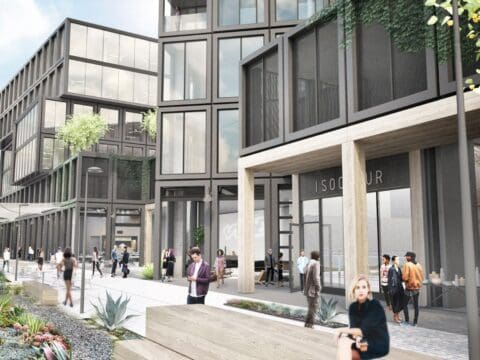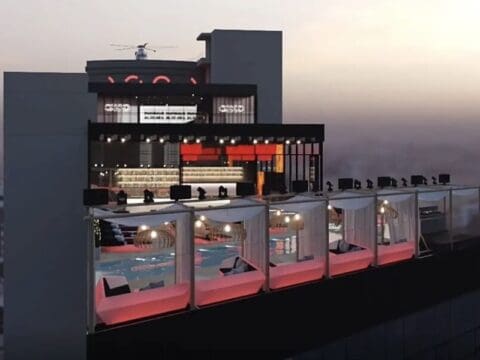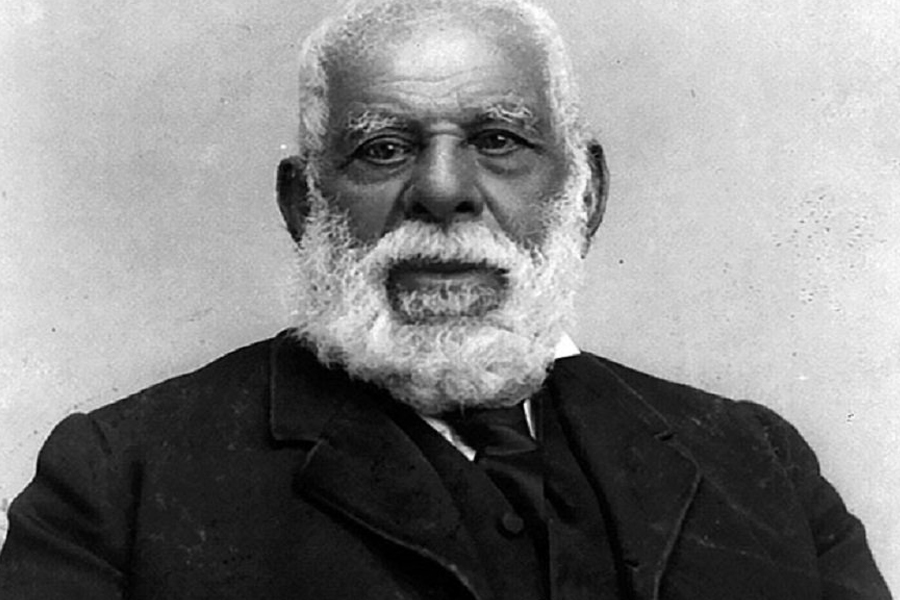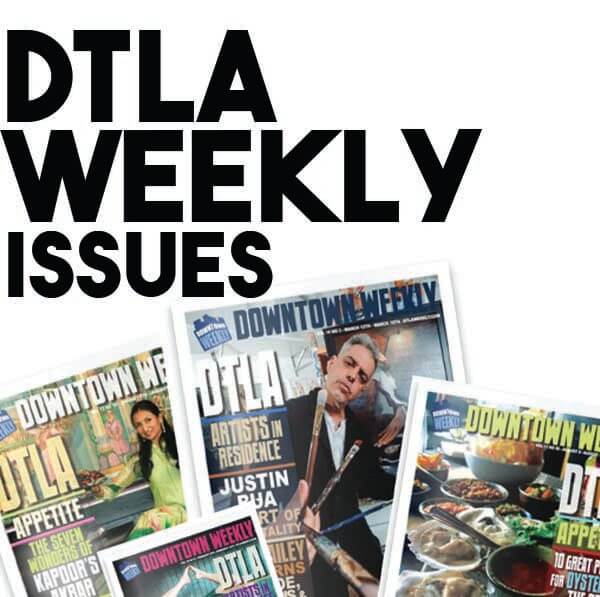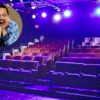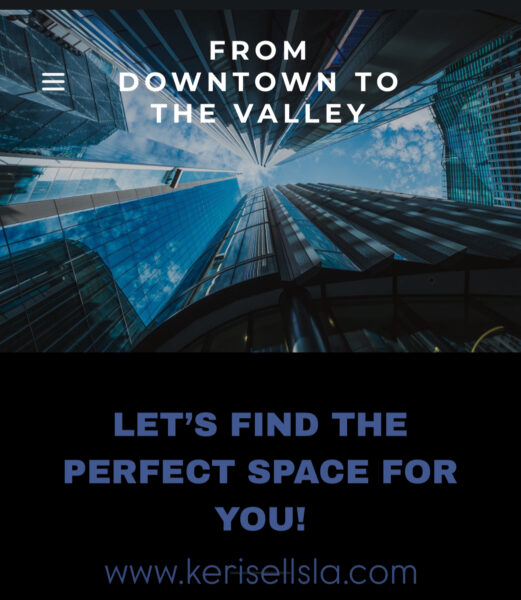
Perched 27 stories above the tallest peak of the city, Bunker Hill, you’ll find the office of Derrick Moore, Senior Vice President of CBRE, the largest commercial real estate firm in the world.
In the dynamic world of mixed-use retail properties, Moore’s accomplishments have embodied commitment to growth and community and helped to shape the past, present, and future of downtown Los Angeles.
From his modest office window, Moore relates an unobstructed view of a modern-day urban metropolis, known as downtown Los Angeles, which he himself has worked relentlessly to help create.

Shown Here: Park Fifth Towers – photo courtesy of MacFarlane Group
Not far off into the distance, through the thick towering glass and hazy downtown sky, sits California Plaza (of Grand Performance fame), and to its right, far below, the roof-top oasis of Park Fifth Towers, just two of the hundreds of mixed-use residential developments, neighborhood structures, and office retail opportunities Moore has ushered into fruition.
The building’s curvature exposes even more projects, including those old and new spaces well known for reactivating the city’s culture. And sure there were others, with their names adhered to signs fastened above empty retail spaces around town, but few had risen to the pentacle of real estate success as Derrick Moore.

Shown Here: Los Angeles Athletic Club – Photo Credit: Urbanize LA
Reminiscing about the first steps ever taken within a once empty space that would fatefully become Bottega Louie and contemplating the future tenants who will inevitably fill the retail spaces at the base of the LA Athletic Club, Moore was relaxed and eager to share his thoughts on the future of DTLA over a salmon salad at Pez Cantina, a space he helped facilitate for owner-chef Bret Thompson.
“Los Angeles, and particularly Downtown Los Angeles (“DTLA”), is a great city that will continue to be on the world stage. DTLA will continue to grow and expand in the arts, education, various business sectors, and residential growth. As COVID continues to be a distant memory, look for DTLA to come roaring back as an even better city with an expanded Metro system that will finally connect us in a modern way that is comparable to the other great cities around the globe.”
And it was true: Downtown was continuing to expand. Yet, the more he spoke of Metro’s Regional Connector, the more it became clearer that, through Moore, we were all connected as well. The residents, the visitors, the business owners, developers, and landlords From the city inspectors to the politicians, private clubs to the most impoverished citizens, from the lone blogger to the mass media, somehow calculating our degrees of separation could be determined by any one of Moore’s successful projects.

Atelier Towers – photo courtesy of Brookfield Properties
Out of sight but not out of mind, the gigantic letters C-B-R-E held close to the building’s exterior could be seen from South Park’s Wholefoods Market at Eight & Grand, the Atelier Towers, CVS Pharmacy, or dozens others, all owing their urban locations to the due diligence of Derrick Moore.
In fact, there wasn’t a district in downtown uncharted by Moore and his firm. From the Historic Core to the Fashion District, even retail spaces offered at Union Station, the Kajima Building, and Wakaba in Little Tokyo stood yearning for new tenants that were sure to come thanks to Moore.

Photo Courtesy – Union Station/Metro Transit Authority
Educated in Los Angeles through UCLA and USC and guided by a host of mentors, Moore got his start in commercial real estate with CBRE back in October 1999. By 2005, Moore relished the Adaptive Reuse Ordinance, which enabled reinvigorating the city’s most iconic historic buildings, mostly those constructed before 1974. Buildings that had previously stood lifeless for decades.

Photo courtesy – Kajima Development Corporation
As the ordinance brought dreams of success in the form of new investments into downtown, Moore’s vitality and wisdom to work with diverse groups, companies, and individuals to meet the needs of an evolving population paid off well.
Refurbishing Downtown’s ancient relics was activating an entire new culture, as seen through the eyes of passersby who waited for their chance to sit on the other side of windows that separated them from the gritty city. Whereas before its renascence, few had looked to downtown as a measurement of class and aestheticism, the activation of retail allowed visitors to reimagine what thriving in downtown LA could be.
Soon thousands would flock to showcase themselves within our ring of freeways and experience what it felt like to be a true downtowner. This process, although briefly haunted by the pandemic, has never stopped.

7th at Hill Apartments – photo courtesy CBRE
And just what else did the future hold?
“Currently, we are seeing a reduction in office occupiers in many of our office properties. This has reduced the amount of pedestrian traffic and visitors to our retail establishments. Additionally, some of the real and exaggerated safety issues have caused some hesitation among retailers that would have ordinarily expanded into DTLA. This is being overcome with creative deal structures and an understanding of the long-term opportunities that DTLA presents to retailers expanding into this marketplace.”
With pending deals and new businesses opening up, the future of Downtown Los Angeles looks promising, with a solid end to 2023 and an even better 2024 on the horizon, in large part thanks to Derrick Moore, Senior Vice President of CBRE, the largest commercial real estate firm in the world.
Cover Photo by Eric Epperson Media
![]()


